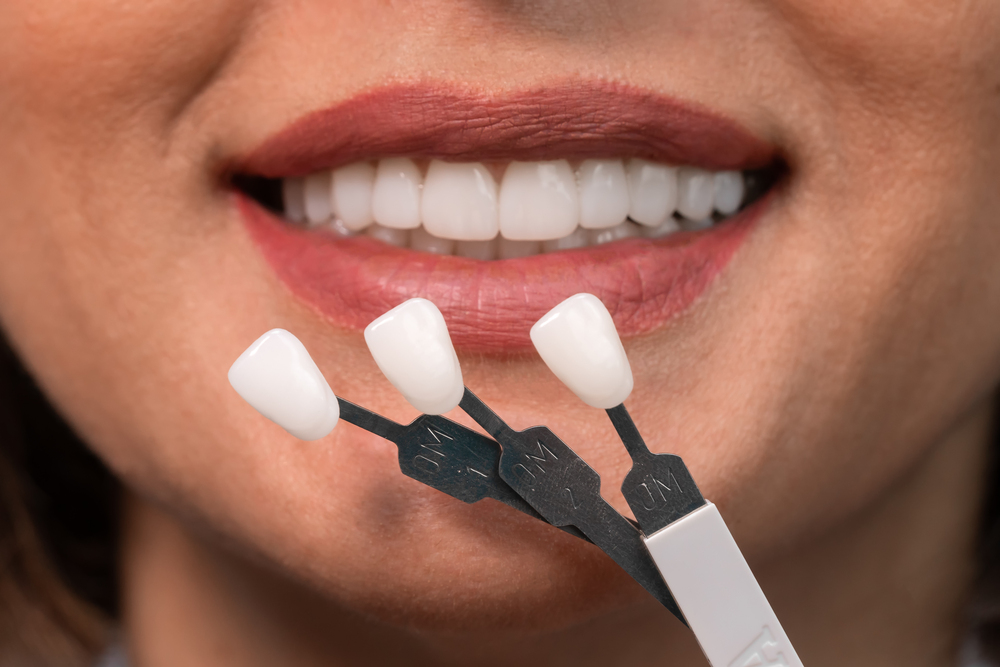In the world of cosmetic dentistry, dental veneers are often considered the gold standard for transforming a smile. Whether it’s to correct chipped, stained, misaligned, or unevenly spaced teeth, veneers offer a fast and effective solution. But for many patients, one of the first questions that comes up is: How much do veneers cost, and are they worth the investment?
While veneers can deliver stunning aesthetic results, their value extends far beyond just appearance. To fully understand the cost of veneers, it’s important to consider both the financial investment and the long-term benefits — all while managing patient expectations.
Understanding the Cost of Veneers
The cost of veneers can vary widely depending on several factors:
– Material Type: Porcelain veneers typically cost more than composite veneers, but they’re also more durable and natural-looking. Porcelain veneers can range from $900 to $2,500 per tooth, while composite options may range from $400 to $1,500.
– Location and Clinic: Where you receive treatment can significantly influence cost. Veneers in major cities or high-end dental clinics are usually priced higher due to overheads and expertise.
– Number of Veneers Needed: Some patients only need one or two veneers to correct small imperfections, while others opt for a full smile makeover that could involve six to ten teeth.
– Dentist Experience and Technology: A skilled cosmetic dentist who uses advanced imaging, digital design, and high-quality materials may charge more — but the results tend to be more predictable and longer lasting.
Although the upfront cost might seem steep, it’s essential to weigh it against the value veneers provide over time.
The Value of Veneers: More Than Just a Beautiful Smile
Veneers do more than just cover up flaws. They can:
– Boost Confidence: A confident smile can impact your social interactions, job prospects, and self-esteem.
– Save Time: Compared to orthodontic treatments or whitening sessions, veneers offer a fast track to aesthetic improvements.
– Offer Durability: Porcelain veneers can last 10–15 years (or even longer with good care), making them a long-term solution.
– Enhance Function: In some cases, veneers improve the bite or protect weakened teeth from further damage.
When looked at as a long-term investment in personal and emotional well-being, the cost of veneers starts to make more sense. However, the perceived value will vary from patient to patient — and that’s where managing patient expectations becomes critical.
Managing Patient Expectations: The Key to Satisfaction
No matter how skilled the dentist or how high-quality the veneers, patient satisfaction hinges on having realistic expectations from the outset.
Here’s how dentists and clinics can help in managing patient expectations:
1. Transparent Communication: Discussing the full cost, procedure, risks, and outcomes is essential. Patients should understand that veneers are irreversible and require minor enamel reduction.
2. Digital Smile Design: Many dentists now use 3D imaging and simulations to show potential results before treatment begins. This helps patients visualize their smile and avoid surprises.
3. Explaining Limitations: Veneers can’t fix every dental issue. For example, severely misaligned bites or major tooth decay may require different treatments first. Clarifying this upfront is part of setting honest expectations.
4. Post-Treatment Care Guidance: Patients need to know how to care for veneers to prolong their lifespan. Regular dental checkups, proper hygiene, and avoiding habits like nail-biting or using teeth as tools will help protect their investment.
5. Discussing Maintenance and Replacement: Veneers are not forever. Patients should be informed about potential future costs, including replacements or repairs over time.
A clear and thorough consultation process that prioritizes education and transparency is the foundation for managing patient expectations effectively.
Are Veneers Worth the Cost?
Ultimately, determining whether veneers are “worth it” depends on individual goals, budget, and mindset. Some may see them as a luxury, while others view them as an essential investment in their confidence and quality of life.
When evaluating value, consider these questions:
– Will the veneers improve your self-confidence and social experiences?
– How long do you expect the results to last, and are you prepared for future maintenance?
– Does the clinic offer payment plans or financing options to make the cost more manageable?
Many patients who undergo veneer treatment report life-changing results — not just in appearance, but in how they carry themselves in daily life. That’s hard to quantify in dollars alone.
Dental veneers are a premium cosmetic option, and their cost reflects the skill, materials, and transformative potential they offer. But the true value of veneers goes beyond aesthetics — it’s about confidence, function, and self-assurance.
By managing patient expectations and ensuring a thorough consultation process, dental professionals can help patients make informed decisions and feel great about their investment. A healthy, beautiful smile isn’t just a cosmetic upgrade — it’s a long-term investment in personal well-being.













